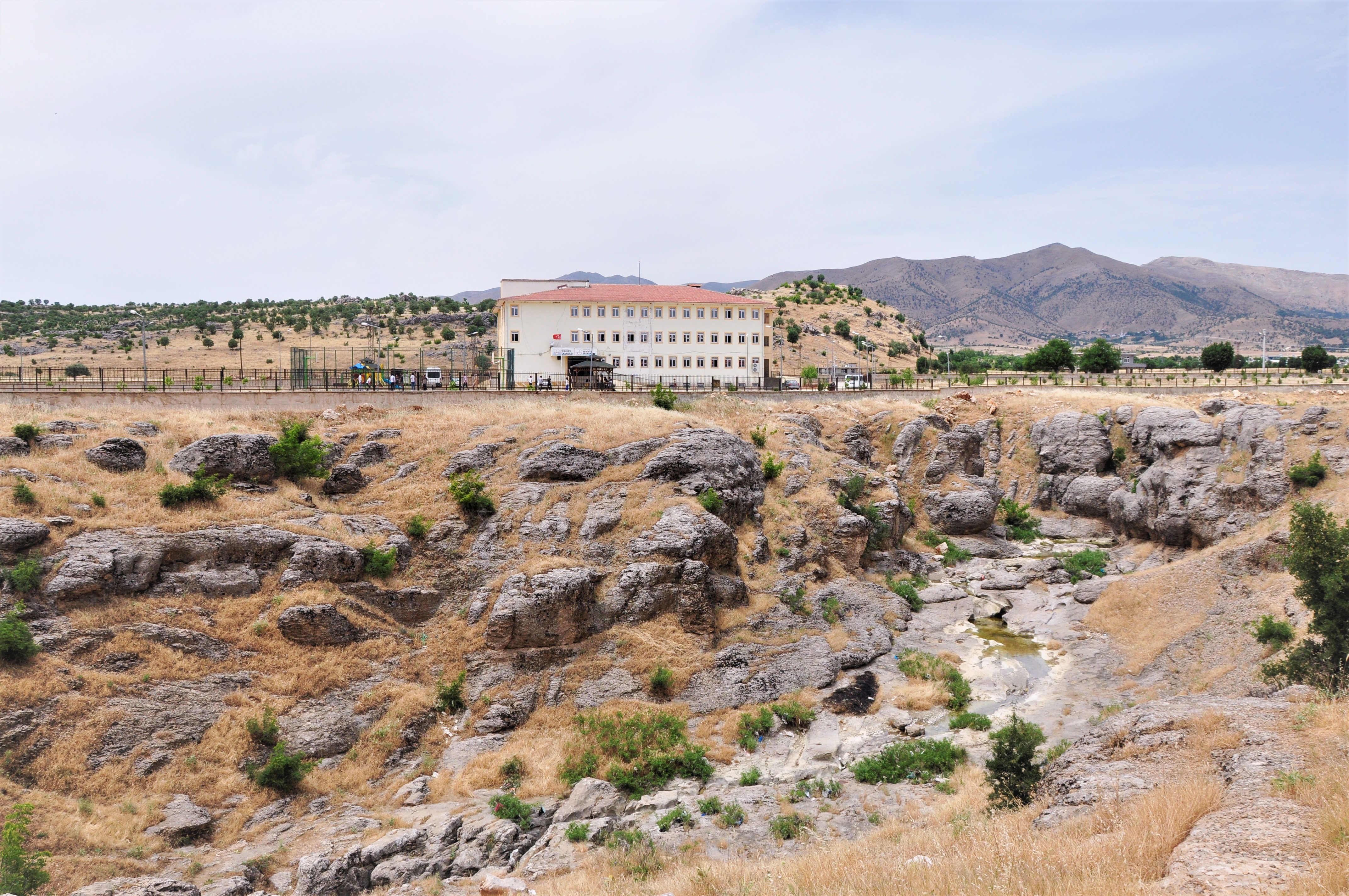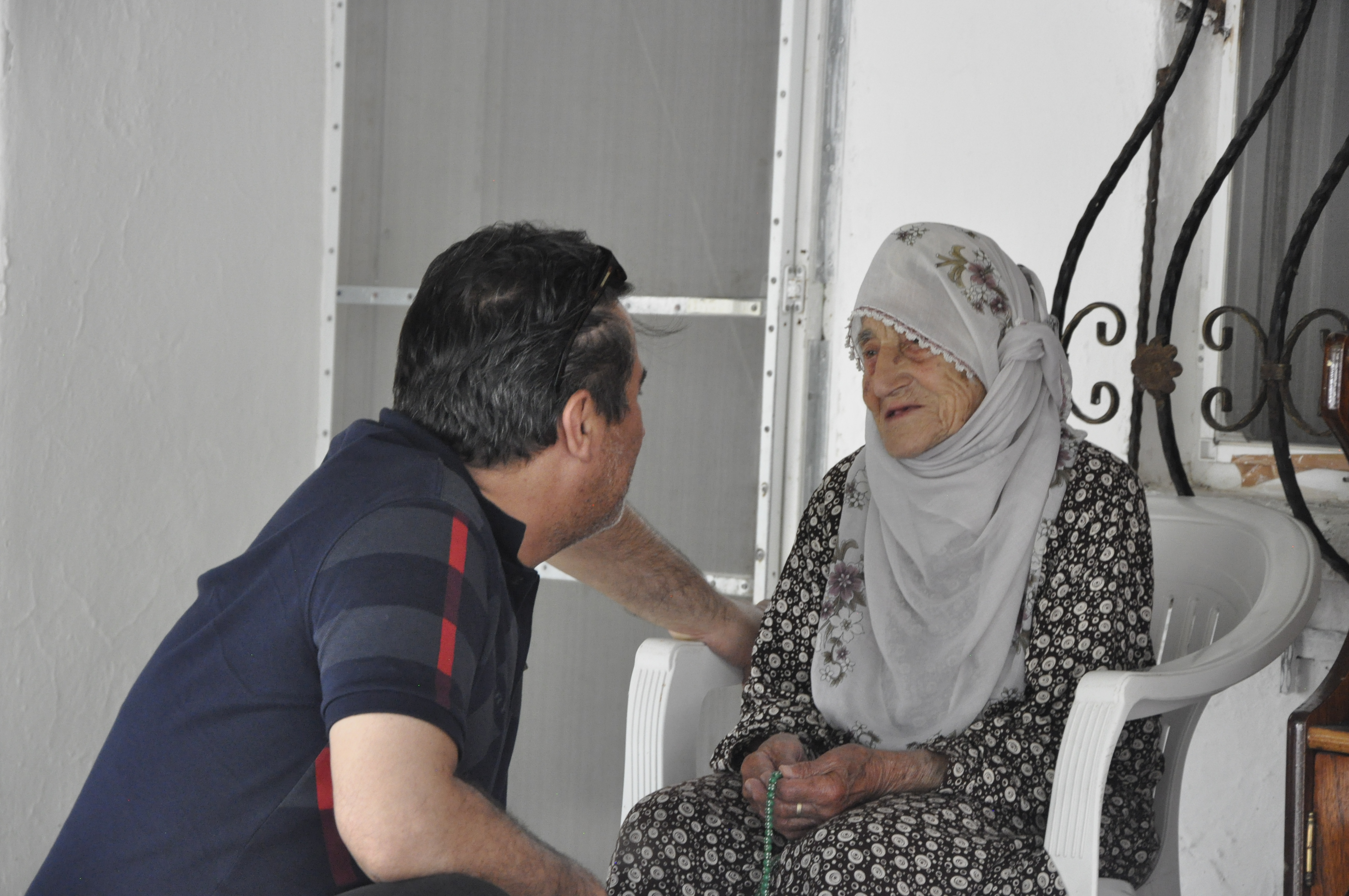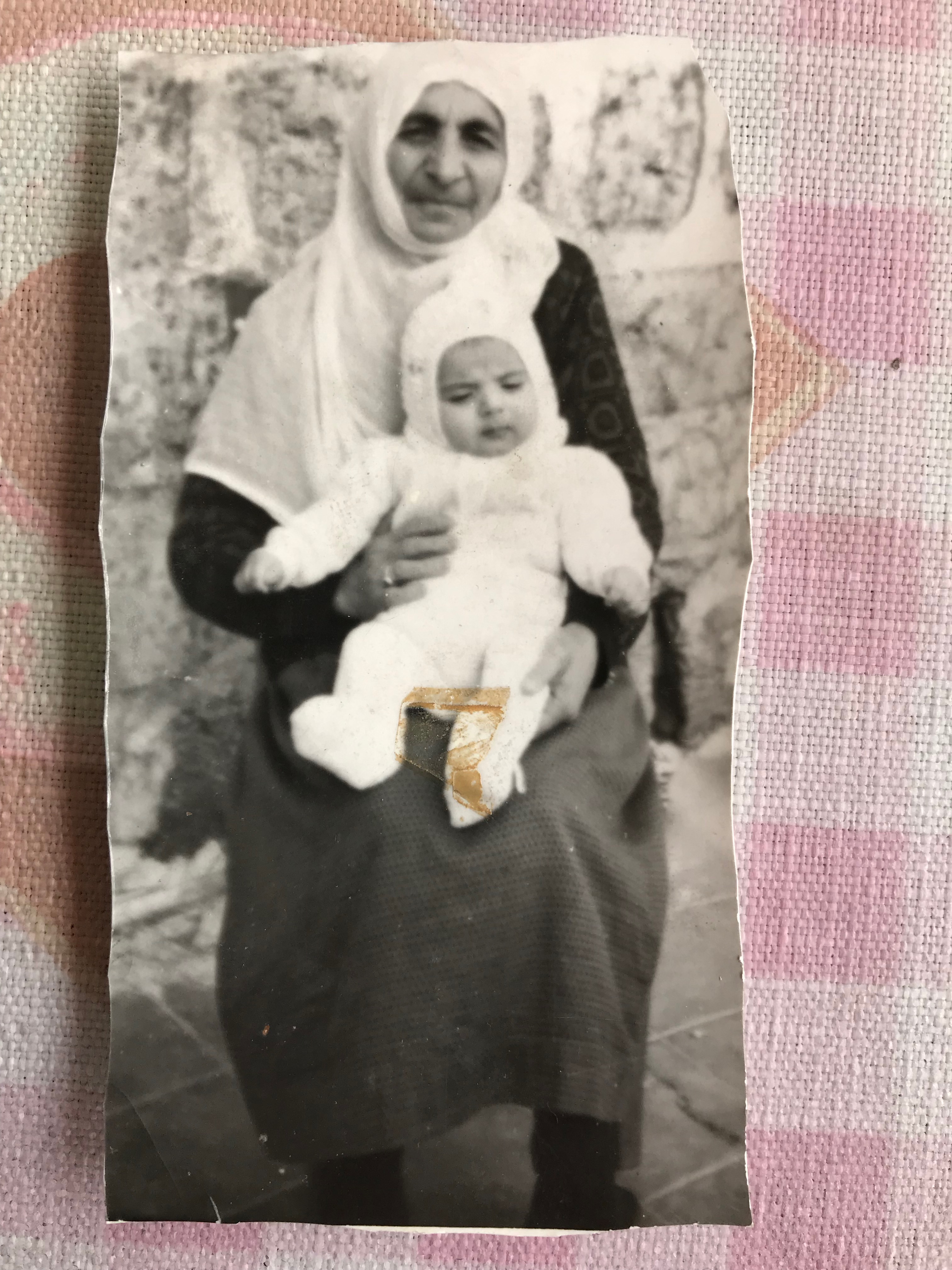When I go to Armenia they treat me as if I were from the Diaspora and when I go abroad they treat me as if I were a Turk. Here they see me as an Armenian. I’ve never been able to figure this out. (The Sounds of Silence oral history series by the Hrant Dink Foundation)
The Armenian experience is as diverse as the realities in each location in our widespread dispersion. Unfortunately, too often we lack the compassion to appreciate the experience of others who have grown up in a different reality from our own.
It is not simply a Diaspora versus Hayastan “thing.” Even within the Diaspora, at different times and in different places, sympathy was often lacking for our fellow Armenians’ circumstances. The above quote from an Armenian who has grown up in the Republic of Turkey is an example of the oftentimes insensitive reaction we can receive when drifting away from the geographic location where our Armenian identity developed.
It has been almost a month since I returned from my most recent trip to Turkey and the lands of my people. Throughout my travels, one word kept coming to the fore: resilience. I am in awe of the resilience our people have shown wherever the winds of destiny have taken them.
The primary purpose of my journey was to spend time with my cousin—the grandchild of my great-grandmother’s sister—taken during the genocide and unknown to my family until DNA testing led to the reconnection of our families.
While there were a number of places I wanted to see, Armenian cultural sites I wanted to explore and document, this was fundamentally the opportunity to meet cousins, cousins of cousins, friends of cousins—all Armenians who still live in our ancestral homeland. As I was introduced to more people, the thought of resilience was molded and hardened into a foundation of stone, so symbolic of the Armenian highlands.
I think of an Armenian from Diyarbakir who, at a gathering of friends, was asked to sing some songs. As he performed songs of the land, songs with an undeniable Armenian essence, the others sang along. Their love for this man has led to a love of Armenians in general and an awareness of their own previously dormant Armenian ancestry. Around the table, several of them indicated that they had an Armenian grandparent.
Over his lifetime, I imagine he has impacted countless people this way, similar to many of us who, in our daily lives, unabashedly proclaim our pride in being Armenian. Except, as we know, Turkey is not the Diaspora and Armenian is not so envious a moniker there.
My father told me, “They’re going to call you infidel, let them beat you, don’t say anything and just come home. Don’t say anything even if they break your bones.” That’s what my father taught me. I grew up getting beaten all the time. There was a cliff close to where we lived. They had thrown our people down that cliff, their bones were piled up there. They would take me to that cliff and threaten, “Your grandfathers’ bones are there, that’s where we’re going to throw you too.” (The Sounds of Silence oral history series by the Hrant Dink Foundation)
Visiting the dead
While one has to be flexible on such a trip, I would not be denied one pilgrimage. I had to visit the grave of my great-grandmother’s sister, Vazkanoush, with my cousin.
Vazkanoush, a name my family had not heard, was a person lost to us during the genocide. Yet, four months ago, as I read a book about their hometown of Maden, from the section on the farriers (nalbands), Vazkanoush’s name jolted me.
Mother, son Khachadour and little sister Vazkanoush were thrown in the Euphrates River with many others. (Bakr Maden by Yeznig Mardiros Berberian, New York, 1984)
So we headed to Chungush, where she is buried. The town rests along the hillside above a deep ravine halfway between Diyarbakir and Kharpert. Before entering the town, one can stop at the new school in the small village of Yenikoy to see the Doudan gorge, where thousands of Armenians were murdered in 1915.

It is a miserable place, worsened by the sounds of school children today, with the playground running directly over the crime scene. The echoes from the screams of the murdered drown out the modern sounds of cheerful, oblivious children. Excavating equipment lay dormant nearby, for what purpose, I do not know. New homes do however now dot the landscape where none had been just a few short years ago.
As we drove on, I recalled an episode from seven years ago when some locals had hoped we could turn their copper pots back into gold by reading an Armenian inscription. I pointed out the place, as I recalled it, to my cousin and he said the location had been their family’s land previously. They had hired migrants to farm the land many years ago. There had been problems, and eventually they had sold the land to them.

As we entered Chungush, we stopped at the Muslim cemetery adjacent to the new offices of the mayor and other town officials. I did not get far before seeing the relatively fresh grave of our dear friend, Recai Altay, which only served to enhance my melancholy mood. Then I saw the grave of my cousin Ahmet, gone too soon at the age of 48 and not long after we had met for the first time in Bolis.

Finally, as we kneel at the grave of Vazkanoush, her Islamized name of Muslimeh written on the tombstone, I thought: Our family is reunited!
I know that I have Armenian origins. A part of me is Armenian. While my Turkish part feels embarrassed, my Armenian part feels terrible anger. This is a great dilemma for someone in my situation. And those two clashing parts within me, the person feeling guilty and the person feeling anger began to change, one stopped feeling guilty and began to feel responsible, while the other calmed its anger and tried to transform it into something useful. And finally those two began to live as one in peace in the same person. (The Sounds of Silence oral history series by the Hrant Dink Foundation)
Visiting the living
In Chungush, I also wanted to see Recai’s mother-in-law, Asiya, who we had met that fateful day in 2013. As we approached the house, my cousin commented that his aunt and uncle live in the adjacent home. Six years ago, we met Asiya and little did I know that my own family was living next door! During some of these visits, they would sometimes appear wondering why this group of Armenian Americans would travel each year to see their unassuming neighbor. However, they never spoke of their Armenian ancestry.

My cousin greeted Asiya, taking her hand as he knelt. She softly said to him, “Money and wealth may fade away suddenly. Spiritual wealth is the one you will have in the end. That will lead us the way to the other side.”
Searching for the lost ones
When I first learned of my cousins in 2015, Recai was the first to write to me, imploringly, “You have found your family, how can we find ours?”
Asiya’s government papers state that her maternal grandparents, Garabed and Anna, were from Kharpert. After Recai’s death, I traveled to Chungush in an attempt to fulfill a promise I made to him to learn of Asiya’s Armenian family. On that trip in 2017, I DNA tested Asiya.
For two years, she has had only distant matches, all confirming roots in the Kharpert region. But none of the matches were close enough to clearly identify the family. When I returned from Turkey a few weeks ago, I found there was a new, much closer match to Asiya, one that may lead to the eventual identification of her grandparents. It is now clear that one of them was part of the Aslanian family from Hoghe. Additional family members are now DNA testing to help narrow the search down.

Vazkanoush had a sister-in-law, Nazire, who was also an Armenian taken during the genocide. We do not know her Armenian first name, but up until the 1930s, she was exchanging letters with her brothers in New York City. She was a Vosganian from the village of Havav in the Palu district. I met her son on this trip; his one request of me was to locate his family in the United States so that he might obtain a photograph of them to see what they have become. Fortunately, I have been in contact with one of the family members, and hopefully we can fulfill this old Armenian’s wish as well.
The DNA passed through us to our descendants dissipates rapidly; within a few generations the shared DNA between relatives becomes negligible. We are in the last years of being able to reconnect, through DNA testing, with the descendants of those separated from us during the genocide. Whatever the concerns and limitations, we owe it to our people to do what we can, while we can. These are our people, and many are still clinging to their Armenian identity, hoping we have not forgotten them.


Thank you for doing all that you do George. I am happy you finally found your great-grandmother’s sister’s family.
George…. your passion for this issue has brought an entire contemporary perspective of the impact of the genocide.
I am happy that you were able to connect with your family given all you continue to do for this most important
issue. When I think of Western Armenia….. my thoughts focus on two issues….. the restoration and saving of the physical
vestiges of our civilization and the presence of “hidden” and not so hidden Armenians. This has a personal
connection for each of us and has longer term political ramifications. These brave people who have clung to their
heritage are most deserving of our support. We must grasp these issues fully as a community. Thank you
for continuing to bring this visibility to our people. Being informed is the first step in participating.
So wonderful to read about your journey, George…..Love how DNA connected you with your family!
You are fortunate to have reconnected with almost-lost family. We are all DNA testing to hope to find relatives we can identify. Thanks for all your work and help with Armenian Genealogy!
This kind of reconnection is fascinating. How does one go about trying to find a DNA connection with hidden Armenians in the Old Country? My grandfather Avedis Deranian lost his mother, father, younger sister, and younger brother in the Genocide. They were from the town of Hussineg in the Kharpert province. Due to the complete stopping of letters from my grandfather’s parents, my family has always assumed that they were killed outright. However, the fate of my grandfather’s sister and brother is a mystery. Just now wondering if they may have survived and how I might reconnect with their descendants?
George, great article! Extreme moving and very perceptive! Congratulations!
Extreme should be EXTREMELY. Sorry!
Hello George,
What a wonderful story you wrote of finding your family in Turkey.How lucky!
Very few of my family survived during the Armenian Genocide of 1915-1923; that lived in Sepastia, historic Western Armenia (Present day Sivaz, Turkey.
My life’s mission has been to research, preserve and present traditional songs and dances of Eastern & historic Western Armenia, through our concerts, festivals and other entertainment and educational venues by our “Chookasian Armenian Concert Ensemble” across the USA and Armenia for the past 26 years.
I to have traveled to Turkey several time to find remnants of my family and find old Armenian songs and dances. Luckly, I found many old Armenian songs
while in Turkey and recorded them on my 5 live concert & festival CD’s.
Again, congratulations!All the best to you and your family.
Manak Parov,
John Chookasian
Thank you George you are so full of enlightment to my family in NZ .. as a war baby I have at 75 years found that I am Armenian already I have such feelings of connection ….my resilience must be attributed to my amazing family genes ..Yes I have DNA tested and go back to Harput the Shooshan family …so longing everyday to find out more ,,,Sincerest thanks for sharing… John.
What an amazing story! I have watched your presentation on “Hidden Armenians” with great interest. I am an alevi Kurd from Sebastia (Sewas). However, there has been a family rumor that my maternal grandparents were both Armenian orphans from the 1915 Genocide. She was from Hafik, Sebastia, and he was from Mileti(Malatya). My grandmother’s only surviving sister was raised in Ishani, an Armenian village. Only at home, my grandfather’s nick name was kalaji, likely an abbreviation of kalajian. His best family friends were few Armenian families in Sebastia who survived the Genocide. I especially remember Hagop Terzijian. I also remember my grandmother kissing the stone wall of Sumerbank each time she walked by the building. I later learned that the bank was actually an Armenian church before the Genocide. My elders are all now gone, and I am left with so many questions about my maternal roots. On this occasion, I like to send my warm greetings to the Cleveland Armenian community who welcomed me with open heart in 1986. I surely missed my conversations with Mrs. Aghajian.
I read this by Hrant Dink… It shocked me…
“My father told me, “They’re going to call you infidel, let them beat you, don’t say anything and just come home. Don’t say anything even if they break your bones.” That’s what my father taught me. I grew up getting beaten all the time. There was a cliff close to where we lived. They had thrown our people down that cliff, their bones were piled up there. They would take me to that cliff and threaten, “Your grandfathers’ bones are there, that’s where we’re going to throw you too.” (The Sounds of Silence oral history series by the Hrant Dink Foundation)
I would like to write and I want all to know … I was born in Kirkuk, Iraq… I graduated from medical school there … No armenian had such feelings that Arab Muslims loved us and trusted us… When Jamal Pasha the butcher hanged Arab muslim poets and Authors…They started shouting You Turks the sons of Jenkis Khan, you are never Muslims… This statement Turks should know… It is published in my poetry book “BRING OUT our Genocided Skulls & Artful Hands”
is In Komitas Museum and now in Amazon.